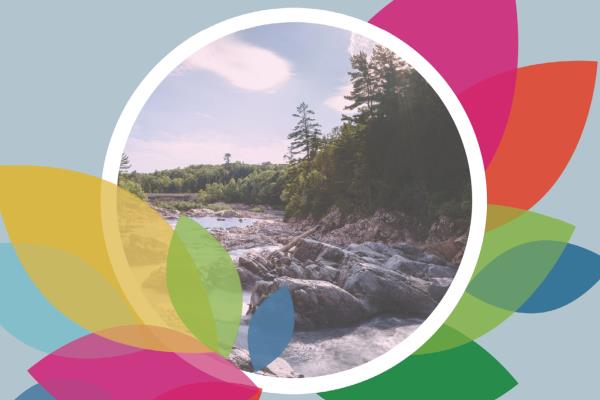
The 2021 Census of Population revealed that 243,155 people reported the ability to speak an Indigenous language well enough to conduct a conversation. There were more than 70 distinct Indigenous languages reported on the census questionnaire. Within this rich diversity of Indigenous languages, the data reveal varying levels of vitality and patterns of acquisition and use.
The history of colonial practices in Canada has had a profoundly negative impact on the use of Indigenous languages. Perhaps most notably, the Truth and Reconciliation Commission report detailed many of the harms done to the languages of First Nations, Métis and Inuit children through the residential school system, in an effort to assimilate Indigenous people and break their ties to their culture.
In response to the Calls to Action by the Truth and Reconciliation Commission, the Indigenous Languages Act was passed in 2019. With its passage, the Office of the Commissioner of Indigenous Languages was created to "help promote Indigenous languages and support the efforts of Indigenous peoples to reclaim, revitalize, maintain and strengthen their languages."
Today, the Centre for Indigenous Statistics and Partnerships at Statistics Canada, in collaboration with the Office of the Commissioner of Indigenous Languages, is releasing nine new reports on Indigenous languages in Canada, providing relevant data on the vitality and patterns of language acquisition and use. Among these reports, eight are framed around one of the major Indigenous language families in Canada—Algonquian, Athabaskan, Inuktut (Inuit), Iroquoian, Salish, Siouan, Tsimshian and Wakashan—and one report focuses on languages that are not part of any specific family (Haida, Ktunaxa [Kutenai] and Michif).
Note to readers
This release provides an overview of the vitality, acquisition and use of the different Indigenous languages spoken across Canada, using data from the 2021 Census of Population.
The nine reports present relevant data on the vitality of Indigenous languages, along with patterns of language acquisition and use. Languages are grouped in their respective language families, comprising eight families and a group of three languages not affiliated with any specific family. Furthermore, maps within each report show selected communities with speakers of various Indigenous languages, providing a regional perspective on the extent to which Indigenous languages are spoken across Canada.
Mother tongue refers to the first language learned in childhood that is still understood.
Knowledge of a language refers to whether a person reported they could conduct a conversation in the language.
Average age is presented as an indicator because the age of language speakers provides an indication of the general health of a language.
Second language refers to those who could speak an Indigenous language, but who did not report that same language as their mother tongue.
Silent speakers are people who have an Indigenous mother tongue that they still understand but can no longer speak well enough to conduct a conversation.
Language spoken at home refers to a language a person spoke at home on a regular basis at the time of data collection. People who report speaking a given language speak it at least on a regular basis, alone or with other languages. People who only speak a given language most often at home speak the language predominantly.
Contact information
------For more information, contact the Statistical Information Service (toll-free 1-800-263-1136; 514-283-8300; infostats@statcan.gc.ca) or Media Relations (statcan.mediahotline-ligneinfomedias.statcan@statcan.gc.ca).